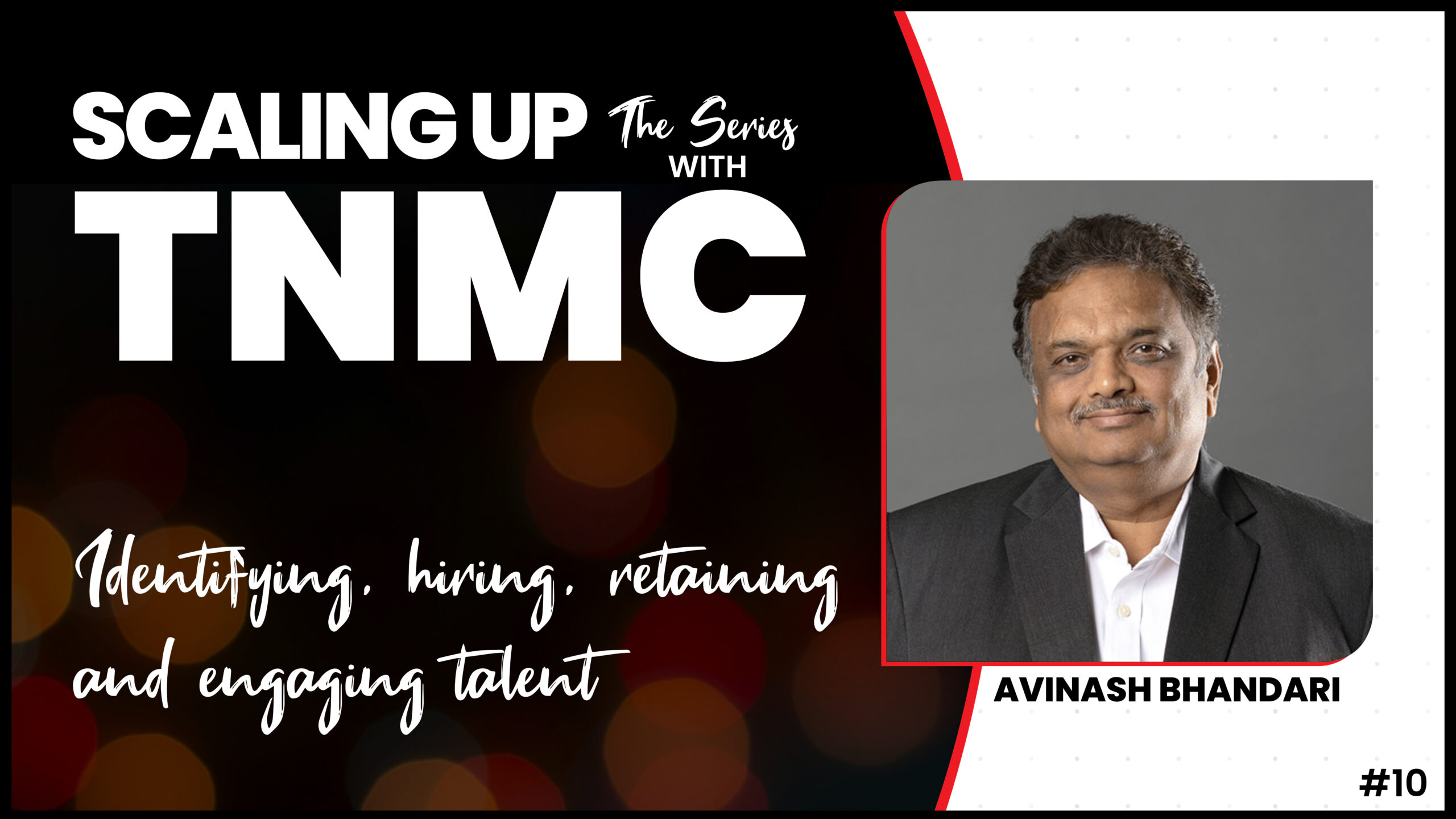Scaling up requires identifying, hiring, retaining and productively engaging talent
Embarking on the journey of scaling up is a complex endeavour that places a premium on identifying, hiring, retaining, and productively engaging talent. In the pursuit of growth, businesses often find themselves in need of industry top talent / specialist managers / leaders who can drive the growth phase of the organization. Successfully navigating this challenge is paramount for sustained growth.
Hiring industry top talent is a strategic move, but it is not without its challenges. Many professionals in these roles are accustomed to established systems and standard operating procedures, elements that might be lacking in smaller companies undergoing the scaling-up phase. Convincing them to join a dynamic, growing organization requires more than just competitive compensation; explaining the culture, vision, and possibilities of serious growth both for the company and the individual become important here. At times, promoters need to be personally involved especially in convincing senior leaders to join the organization.
The reluctance of top-tier talent to join smaller companies, especially those without well-defined systems and procedures, is a common hurdle. Initial experiences with such hires can be challenging, both for the company and the new employee. The lack of established structures can lead to discomfort, and the onboarding process may not be as smooth as anticipated.
To successfully attract, retain, and engage top-tier talent, building the right organizational culture is crucial. A positive, non-toxic and collaborative culture seriously helps in retention and productive engagement. Building a shared vision helps not just in attracting talent but also in retaining it. A shared vision and a shared strategy become powerful tools in this context, providing a sense of purpose and direction that goes beyond the day-to-day tasks.
A shared vision and a shared strategy serve as a cohesive force, aligning individuals with the company’s overarching goals. This alignment creates a sense of belonging, reducing attrition and enhancing organizational stability.
Creating an environment where talent feels not only valued but also integral to the company’s success is a multifaceted challenge. Developing effective goal-setting and review processes is an essential component. These processes should be transparent, fostering a sense of ownership and accountability among employees. Clear communication about expectations and performance metrics can go a long way in ensuring that talented individuals remain engaged and motivated. Reward and recognition systems are also critical to ensuring that the team remains motivated and engaged. An organization with sound training and development systems sends a signal to the employees that it is interested in their long term development and growth. This helps in retention and higher productivity.
Organizations looking to scale up should look to build comprehensive employee engagement systems. Building a shared vision, building a shared strategy, clearly defining goals and expectations, building a supportive and collaborative culture, building a culture of trust, individual alignment with organizational goals, defining KRA, KPIs to achieve this alignment, building strong R&R systems, building strong T&D systems, continuous goals and initiatives reviews, regular performance feedback to employees, having supportive managers, ensuring a non-toxic culture : all will help retain and productively engage.


